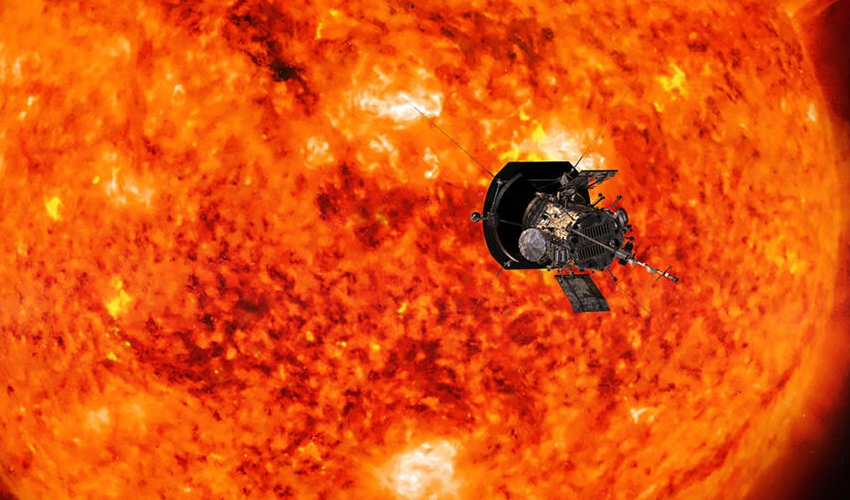NASA has issued a strong warning in response to massive solar flares, which pose a substantial risk to communication systems in orbit and on Earth.
The space agency observed a powerful flare that peaked at 5:34 p.m. EST on February 22, 2024, measuring an incredible X6.3 on the solar activity scale.
Solar flares, which are classed into five categories ranging from A to X, with X-class flares being the most severe, can impair a variety of communication devices. This current incident is the largest flare recorded since 2017, and the 27th most intense flare in recorded history.
Prior to this impressive X6.3 occurrence, there were notable flares, including an X1.8 on Wednesday and an X1.7 earlier on Thursday.
.
The US National Oceanic and Atmospheric Administration (NOAA) warned that such outbursts could cause temporary signal degradation or complete loss for high-frequency radio users, especially on the sunlit side of the globe during the flare’s occurrence.
While the NOAA assured the public that these incidents posed no serious threat to general safety, they did highlight the possible disruption to radar and GPS systems.
Additionally, astronauts at the International Space Station (ISS) and China’s Tiangong space station are on high alert because solar flares emit dangerous radiation, endangering their health and safety.
The seven-person ISS crew and the three astronauts aboard Tiangong have been told to keep vigilant as solar activity continues.Although the flares correspond with Sun Cycle 25, which began in 2019 and is expected to peak around 2025, the latest X6.3 flare is a major occurrence within this cycle, perhaps paving the way for additional activity in the coming years.







